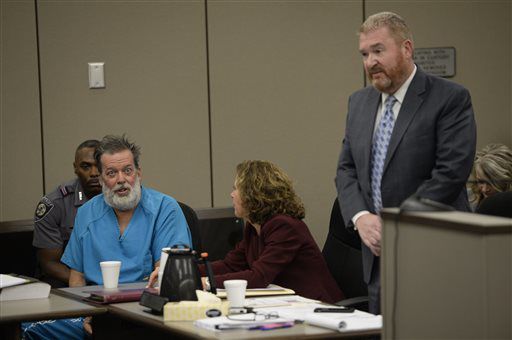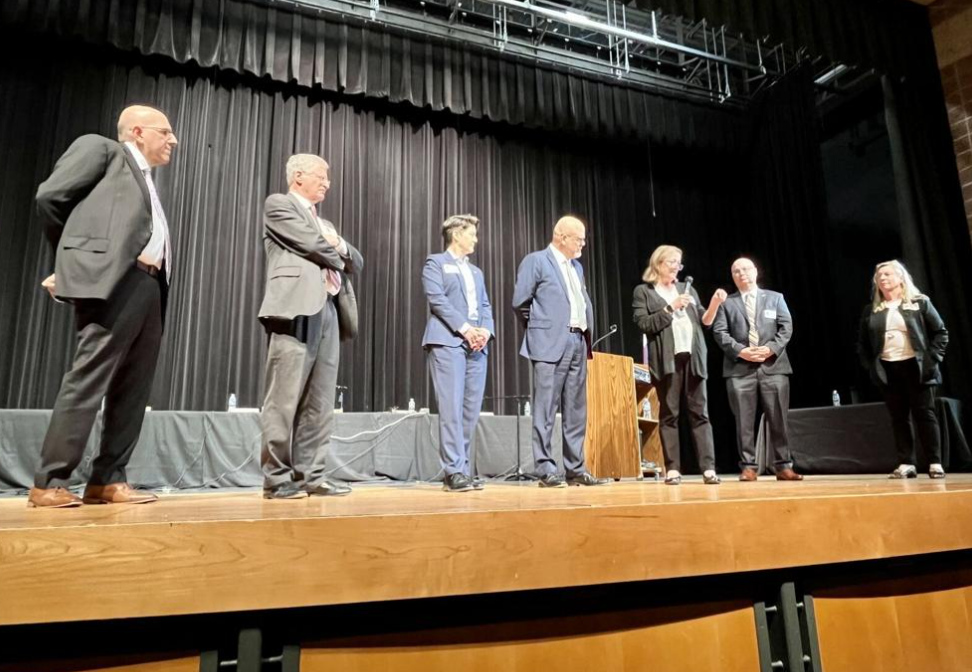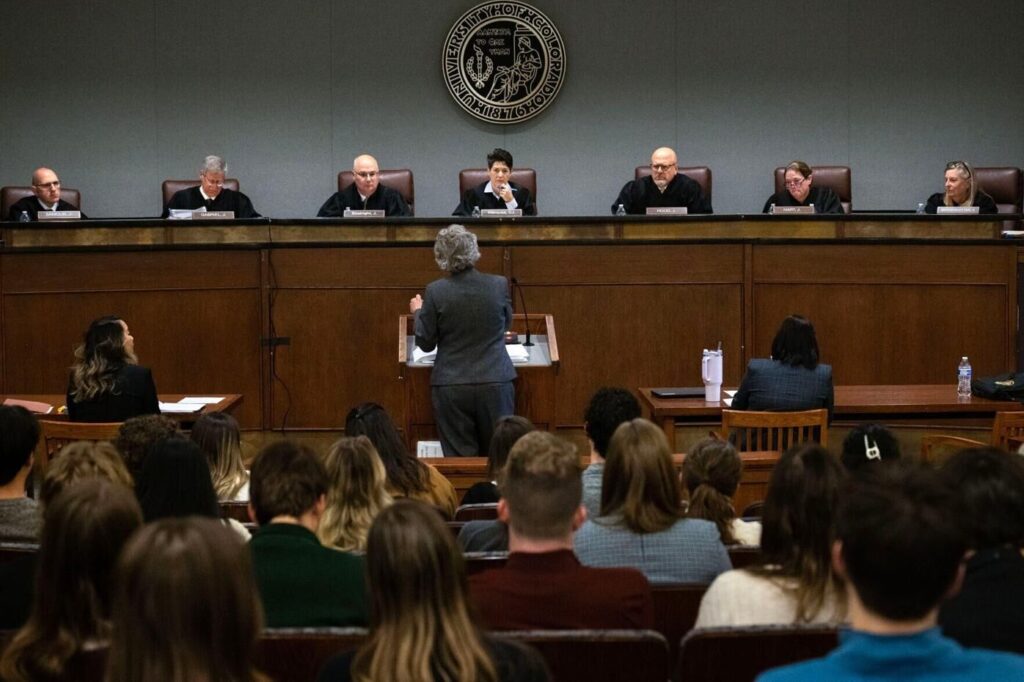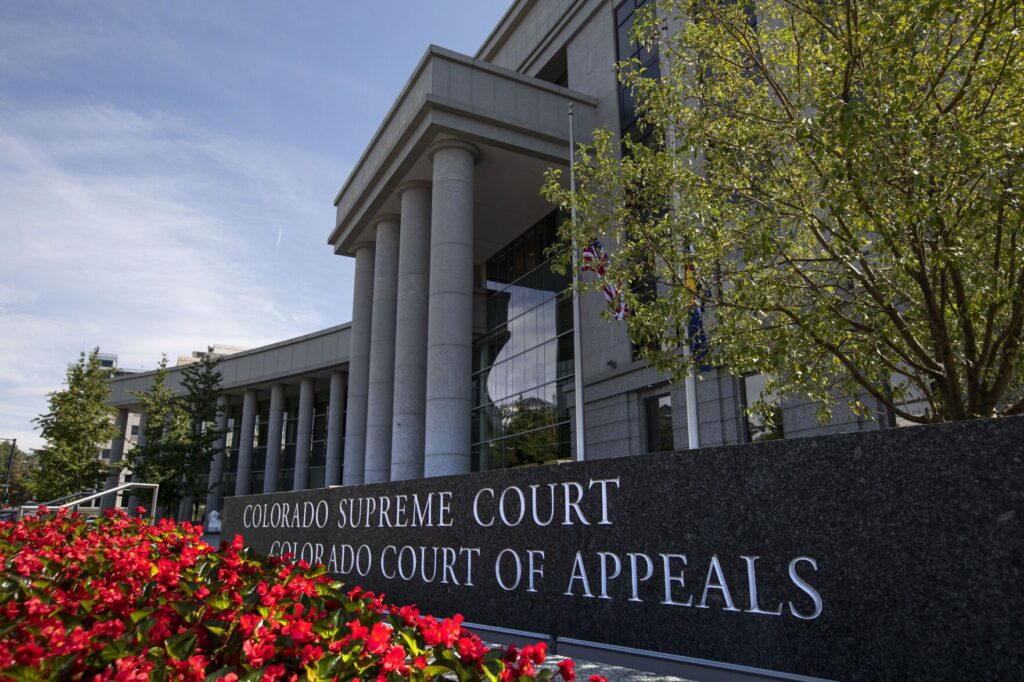Federal lawsuit against the EPA in Gold King mine disaster moving forward

A federal court case against the U.S. Environmental Protection Agency by a Colorado landowner whose property includes the Gold King mine near Silverton can proceed, federal Judge Armando O. Bonilla ruled.
Bonilla tossed the EPA’s motion to dismiss, meaning the landowner’s case alleging the EPA improperly took his land without compensation can proceed to trial.
The case stems from the high-profile spill from the mine in 2015 that turned Cement Creek, and the Animas River, an unnatural bright orange color for miles downstream.
In August 2015 contractors working for the EPA allegedly breached a plug in a horizontal tunnel at the base of the Gold King mine high above Silverton, releasing a torrent of acid mine waste into Cement Creek.
Three million gallons of water mixed with an estimated 880,000 pounds of heavy metals and acid rushed down Cement Creek, according to court documents, through the former mining town that’s now a tourist destination on the Durango-Silverton Narrow Gauge Railway.
The bright orange waste stained the water, flowing into the Animas River, and moved many hundreds of miles downstream, resulting in damage claims of more than $1.2 billion against the EPA from communities downriver as far away as New Mexico and Utah.
EPA scientists said the contamination was mostly iron and that the concentrations of other metals in the water posed no human health hazard.
In the wake of the spill, the EPA built a water treatment plant below the mine to remove solids and metals and correct the acidity of the ongoing mine waste through the plant before releasing it back into the creek.
In early August 2021, Todd Hennis, owner of the mine and of three mining claims below the mine known as the Gladstone property, filed a claim in U.S. District Court of Federal Claims asking for $3.7 million in damages under the Fifth Amendment prohibition on taking private property for public use without just compensation.
In his lawsuit Hennis alleges he initially allowed the EPA access in 2008 to monitor the integrity of the mine.
Court documents show Hennis withdrew his consent in 2010 and refused access to the EPA, which then gave him an administrative order commanding him to let government officials back on the property under threat of fines of up to $37,500 per day.
Hennis relented and gave EPA access, alleging in his lawsuit he felt coerced by the EPA’s actions.
Shortly after the August 15, 2015, mine blowout, Hennis verbally authorized the EPA to temporarily use the Gladstone property as an emergency staging area for equipment and supplies during the aftermath of the spill, according to court records. The EPA was trying to build temporary settling ponds at the tunnel mouth to treat the continuing flow of waste.
Hennis’ complaint states he did not authorize the EPA to build a permanent water treatment plant on the property, and that they did so without his permission.
Since November 2015, the treatment plant has been in operation, treating the discharge of mine waste from the Gold King mine.
EPA has offered Hennis no compensation for taking his property for government use, the lawsuit contends.
EPA lawyers responded to the lawsuit with a motion to dismiss the case, writing Hennis consented to the use of the property on numerous occasions in written documents. Hennis responded the agreements are invalid because the EPA never signed them.
Hennis contends in the lawsuit he tried to do the right thing and cooperate with the EPA by letting them use his property, but now, seven years later, the EPA shows no signs of paying for anything.
The EPA’s motion to dismiss states the agency believes it’s not obligated to pay for the land or its use under federal laws that absolve government agencies of liability for damages under a doctrine of law saying there is no compensable taking when the government acts to avert an imminent threat to the public health, safety, or welfare.
But the EPA built the treatment plant when the emergency was over, Hennis countered, and the plant treats ongoing mine waste drainage, not in response to an imminent threat.
After oral arguments before Judge Bonilla August 30, 2022, he issued a bench ruling denying the EPA’s motion to dismiss – meaning Hennis’ case can move forward to the discovery phase where both parties can request documents and other evidence.
The case is on hold until Feb. 2, 2023 when a joint status report is due.














